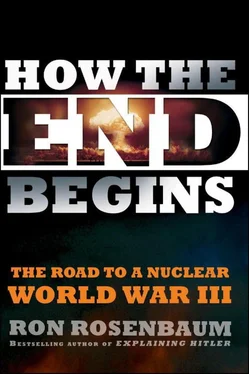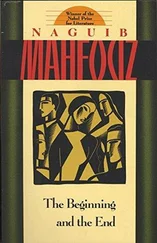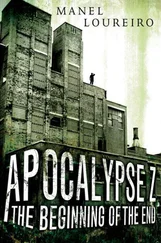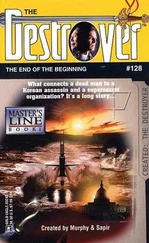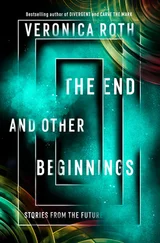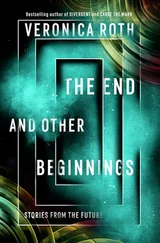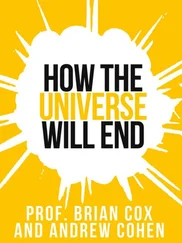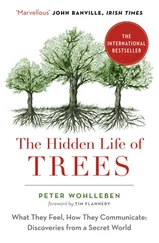And work on the warhead itself may have been halted because there was little left to do (the blueprints were available from A. Q. Khan, the rogue Pakistani nuclear scientist) but the uranium enrichment process and the missile testing process were bringing Iran inexorably closer to both weapons-grade fuel and bomb delivery systems—the two more difficult aspects of nuclear weapon making. Maybe not as soon as some said, but soon enough, and in all likelihood, inevitably.
Few in the field seriously believes that the Iranians will suspend their drive for a nuclear weapons capacity because of talks and sanctions and talks about sanctions. Sooner or later they will have enough nuclear weapons for an existential threat if the Israelis (or the Americans) don’t act first. And because the Israelis cannot dismiss the ideology of suicidal martyrdom embraced on a national level by some Iranian leaders, they will act. Things will be terrible enough if they do. Perhaps even more terrible if they don’t. The Israeli historian Benny Morris has argued that the only thing that would save us from an Israeli nuclear attack on Iran would be a successful Israeli conventional attack. [45]
Let’s assume the Iranians get the bomb, a bomb big enough to destroy a “one-bomb state”—and the Israelis for one reason or another don’t take preemptive action before Iran weaponizes the uranium it is enriching and builds more than one bomb. On November 19, 2007, the Center for Strategic and International Studies, a widely respected middle-of-the-road Washington think tank headed by former Defense Department nuke specialist Anthony Cordesman, published a seventy-seven-page war game simulation of a nuclear war between Iran and Israel. [46]It assumes Iran will have gone nuclear by 2020 at the latest.
Even on the conservative assumption that this will remain a “regional nuclear war” that might escalate to Syria and Egypt but not beyond, the CSIS study predicts a minimum of some 20 million deaths in Iran, close to a million in Israel, and some 18 million in Syria, if they should join in support of Iran, or if Israel preempts Damascus.
And then there is another route from regional to global nuclear conflagration, the Samson Option, a term first popularized in a 1991 Seymour Hersh book by that name. [47]That’s the scenario under which, in the aftermath of a second Holocaust, Israel’s surviving submarines (reportedly five German-made Dolphin-class submarines) would use their nuclear-armed missiles to do more than retaliate against Israel’s specific attackers but would use their nuclear missiles to bring down the pillars of the world (attack Moscow and European capitals for instance) on the grounds that their enabling—or toleration of—eliminationist anti-Semitism made both the first and second Holocausts possible. Indiscriminate vengeance that might even extend to the holy places of Islam (a nightmarish scenario feverishly discussed on the internet for some time) in retaliation for the hatred that brought about a second Holocaust. Have the Israelis already let the Iranians know that they would be responsible for the targeting of Islam’s holiest sites if they struck Israel? Is that “the deterrent that dare not speak its name”?
But wait, we haven’t finished enumerating the potential nuclear flashpoints, we haven’t considered…
THE NEGLECTED FLASHPOINT: CHINA AND TAIWAN
Threatening China with nukes has a history that dates back to John Foster Dulles, the secretary of state under President Dwight Eisenhower, who let it be known to Mao Zedong’s mainland regime in 1954 that its threat to take the tiny Taiwanese-controlled islands of Quemoy and Matsu off the Chinese coast might be met with that kind of force. [48]
Similar implicit threats emerged in the late 1990s and early aughts when the U.S. promulgated a doctrine of “nuclear ambiguity”—the refusal to rule out nukes—regarding any mainland attempt at military takeover of Taiwan. It was a threat that spiked every few years when Chinese exercises or coastal invasion fleets built up across the straits from Taiwan. The purposeful vagueness of nuclear ambiguity was meant to discourage Taiwan as well: it couldn’t count on U.S. nuclear support if it behaved provocatively.
China is one of the few flashpoints that seem to have dimmed in recent years. But it’s still there in America’s master targeting plan known as the SIOP, the Single Integrated Operational Plan, now renamed OPLAN, for Operations Plan, 8022. China is still considered a “peer power,” as major nuclear powers are called. Estimates of the number of Chinese nuclear weapons are highly secret. One Defense Intelligence Agency (DIA) report in the 1990s projected about 360 warheads; another, later, study would only say “more than 100.” The Chinese are known to favor a “minimal deterrence policy,” enough-warheads to inflict devastating damage on the U.S. with missiles whose range can reach the West Coast. One Chinese general, apparently going off message, in 2005 spoke of their ability to leave Los Angeles “a smoking ruin.” [49]
And just when you think a potential World War III flashpoint is diminishing in intensity comes the growing evidence of China’s cyber-warfare capability. Since 2006 there have been recurrent reports of the growing sophistication of the Chinese People’s Liberation Army’s cyber-warfare capability, including hundreds of probes made daily on the Pentagon command and control cyber-infrastructure. And a 2008 report in the National Journal cited Tim Bennett, a leading civilian cyber-terrorism expert, who claims on the basis of conversations with government cyber-security experts that Chinese cyber-attacks were responsible for the 2003 Northeast power grid blackout. [50]Bennett called this far-fetched scenario “the first act of World War III.”
Two years later a front-page report on Chinese militarizing of cyber-space in The Washington Post dramatized the unceasing peacetime digital war being waged, making Bennett’s World War III seem more than a metaphor. [51]“They think they can deter us through cyber warfare,” one source told the paper. Other scenarios had hackers inserting false warnings of attack into our warning and targeting software to provoke us to nuke others—or ourselves.
It was little noted and mostly classified but the administration of George W. Bush sought from its inception, in its 2001 Nuclear Posture Review to break the taboo against normalizing nuclear weapons use: to articulate the idea that nuclear weapons could be deployed in war fighting, in battlefield situations rather than as primarily deterrent threats of revenge. [52]It was an idea that had been making progress up to the moment the Cold War ended, one that went into limbo until the Bush administration and 9/11, and then began to be embedded in our new nuclear policy as adumbrated by a little noticed but terribly important change in U.S. nuclear doctrine. That change was revealed when someone leaked portions of the top secret Nuclear Policy Review in 2002.
That review abandoned adherence to the Balance of Terror, the defensive standoff of genocidal threats also known as “Mutually Assured Destruction” (MAD), that had characterized Cold War deterrence. Instead the new doctrine was based on seeking and maintaining “nuclear primacy.” In other words, the U.S. would no longer seek to deter a superpower opponent with nukes but to use nukes to intimidate it into submission, or “denial” of its goals, and if war came to defeat them decisively. In addition the new doctrine lowered the bar to use nuclear weapons on nonnuclear powers—on “rogue states” and “proliferators” such as North Korea and Pakistan, as well as on what are known in the trade as the peer powers of China and Russia.
Читать дальше
